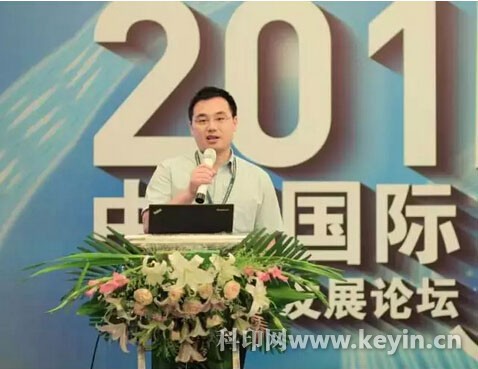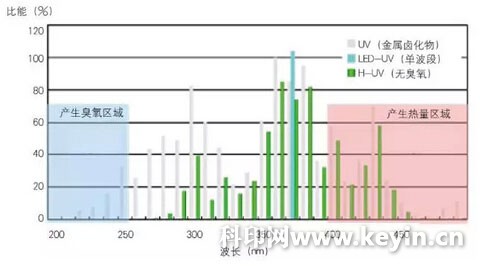In recent years, both European and American countries as well as Japan have been actively advancing the development of energy-saving UV systems. The research approaches are mainly divided into two categories. One involves improving traditional mercury lamps, which, although widely used, are not very efficient and can produce ozone and infrared radiation. The far-infrared part is usually isolated to reduce heat. The other approach focuses on developing new light sources, such as single-band UV systems, to achieve more environmentally friendly and sustainable solutions. Currently, the market offers several types of energy-saving UV systems, including H-UV, ECO-UV, LE-UV, and LED-UV systems.

The Evolution of Energy-Saving UV Technology
Some energy-saving UV systems still rely on mercury lamps, which have a limited lifespan and pose environmental risks due to heavy metal contamination. These issues have prompted a shift in the industry. For example, Japan plans to phase out mercury use by 2025. As a result, LED-UV systems have gained significant attention in recent years. They are already being adopted in various fields, such as projectors and lighting. Many companies are now focusing on LED-UV curing technology, with the core component being high-performance LED chips. Countries like the U.S., Taiwan, Japan, and South Korea are leading in the development of these chips, making the cost more competitive.
Key Features of LED-UV Technology
Energy Efficiency
The main difference between LED-UV and conventional UV systems lies in their light source. LED-UV emits light within a narrow band, typically between 360 and 370 nm, as shown in the figure below. This focused emission reduces energy waste. According to the table provided, an LED-UV lamp can save up to 8 kWh per hour. Over a year (assuming 200 working days), this could amount to approximately 20,000 kWh in energy savings. Additionally, LED-UV systems allow for selective activation of individual chips based on the pattern being cured, enabling even greater energy efficiency and reducing unnecessary power consumption.

UV, H-UV, LED-UV Band Comparison

LED-UV Lamp vs. Conventional UV Lamp (800mm, 1 Set)
As the demand for eco-friendly and cost-effective technologies continues to grow, LED-UV systems are becoming a preferred choice in many industries. Their advantages in energy efficiency, reduced environmental impact, and long-term cost savings make them a promising alternative to traditional UV systems. With ongoing advancements in LED chip technology, the future of UV curing looks increasingly bright and sustainable.
Hotel Furniture,Custom Hotel Furniture,Commercial Apartment Furniture,Solid Wood Furniture
PinSheng hotel furniture , https://www.pinshotelfurniture.com